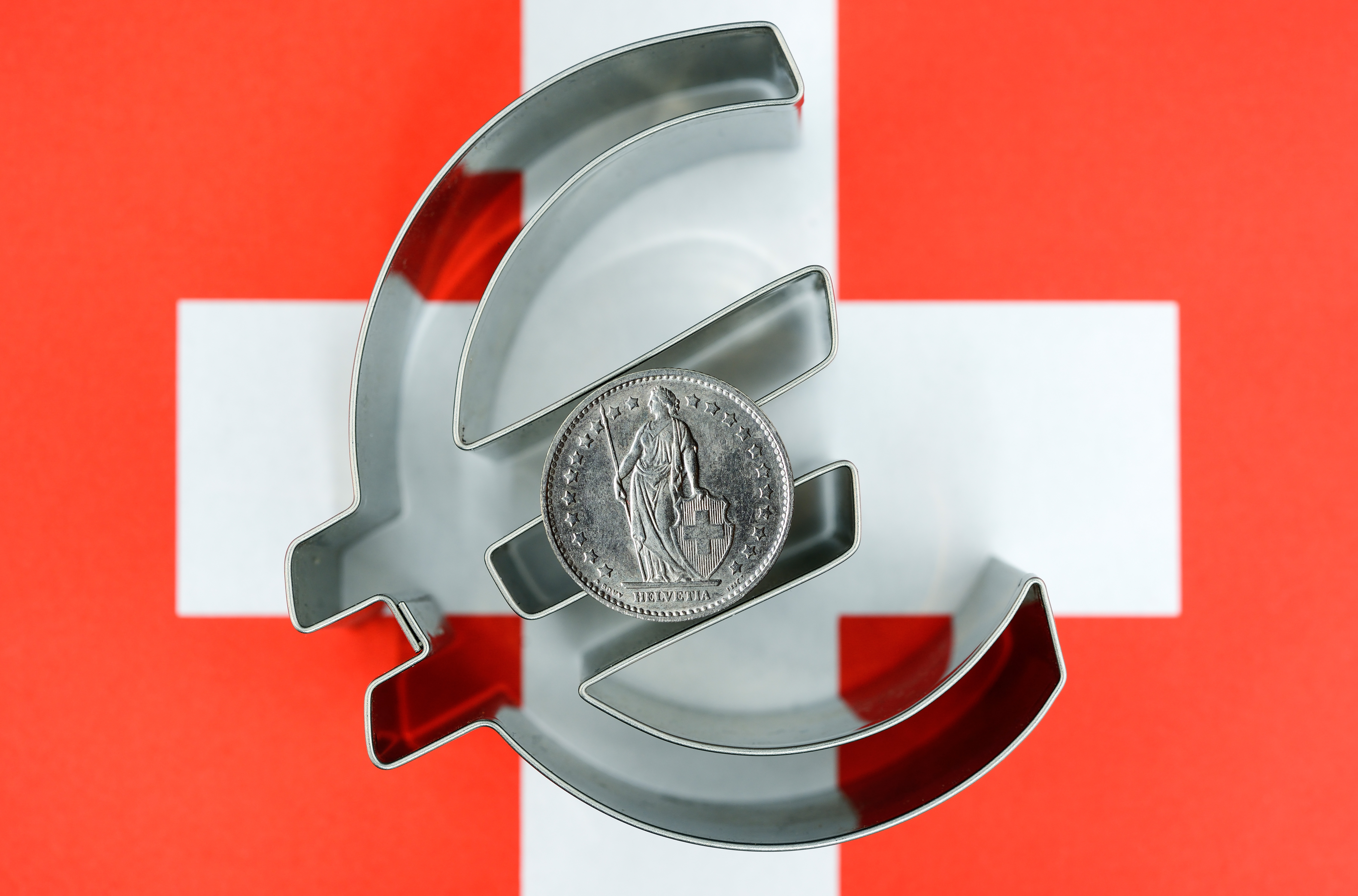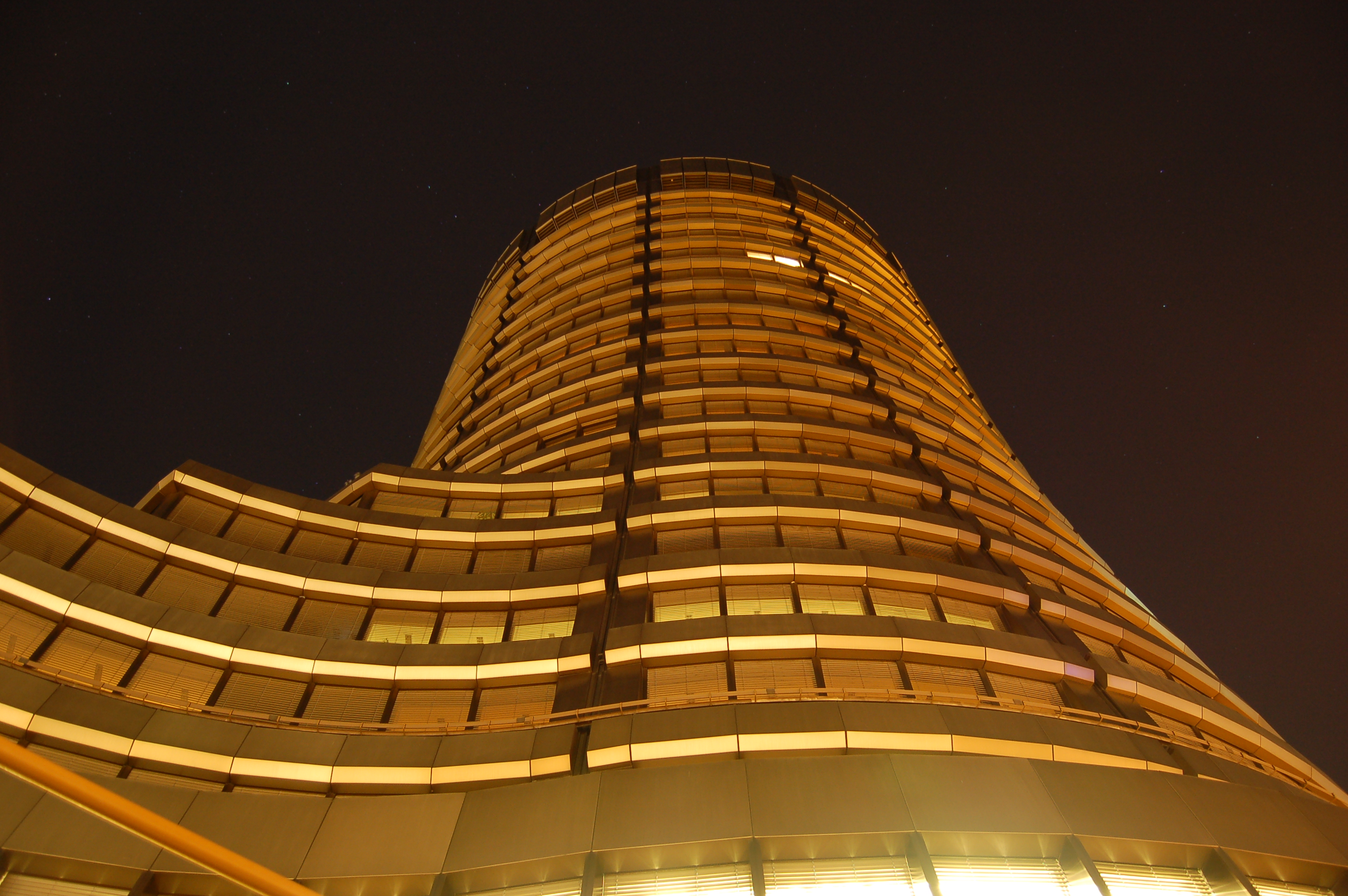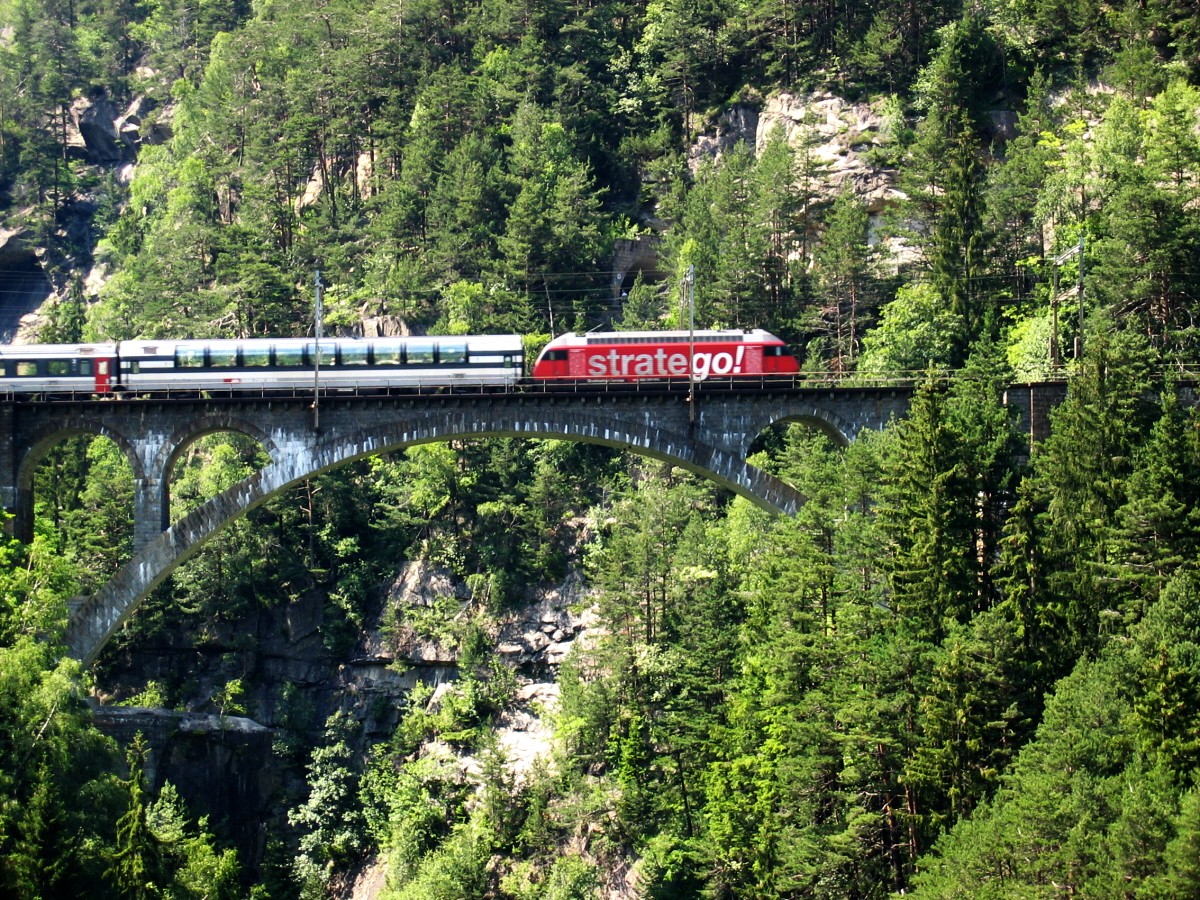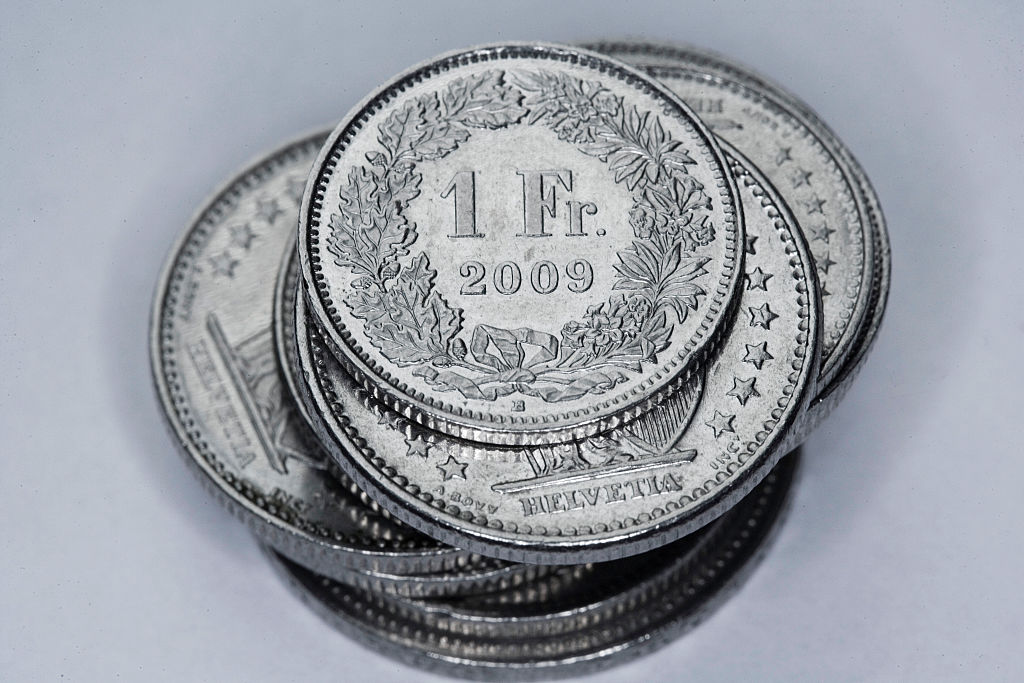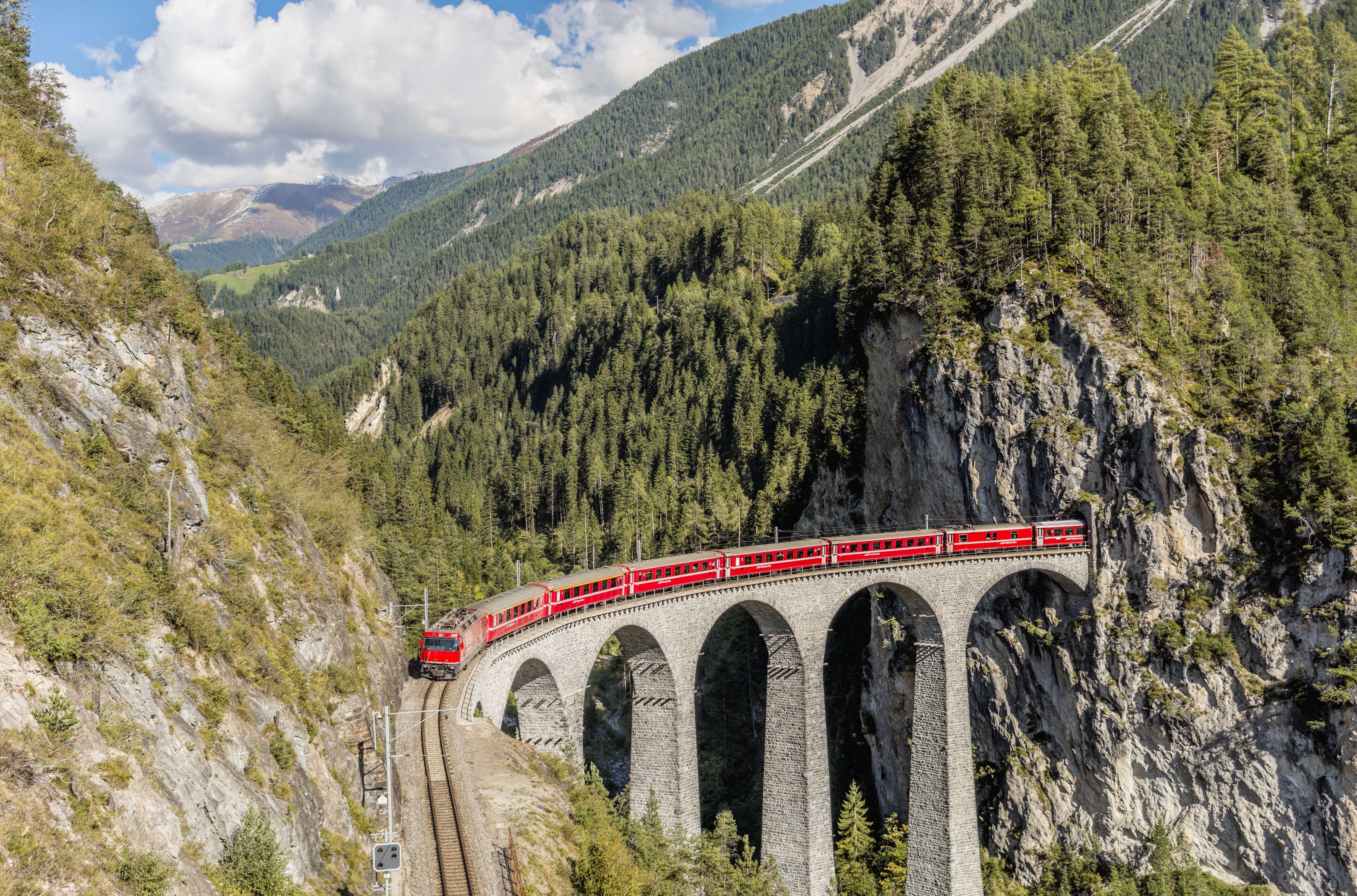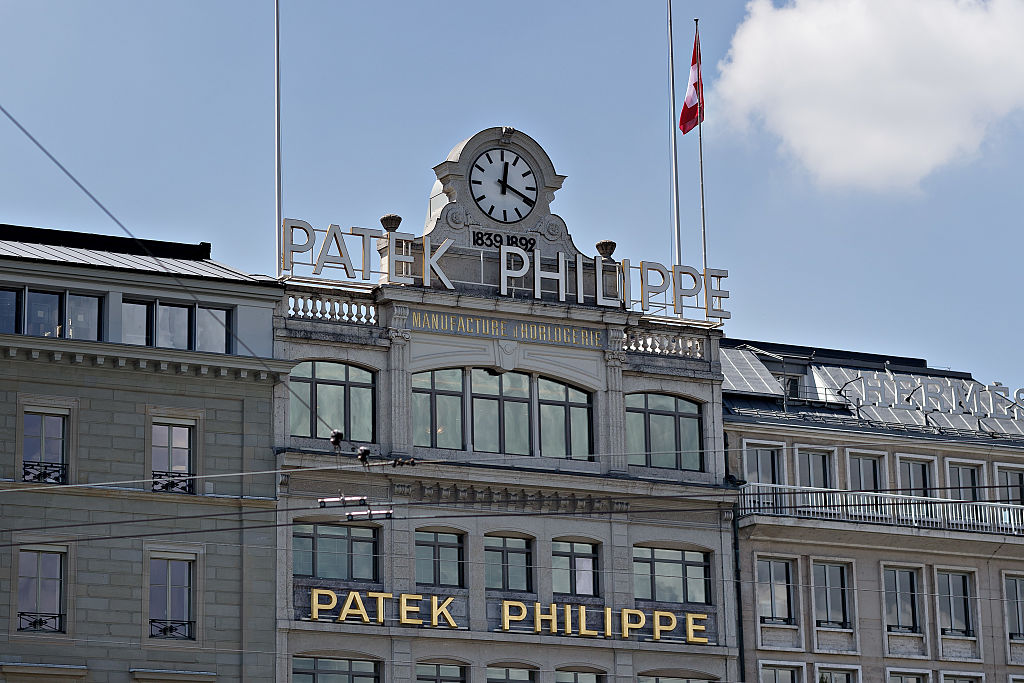The Swiss economy is one of the most resilient and most stable in the world. It is a symbol of consistency and defiance, and it resembles the spirit of Swiss people, who are always cautious and strictly neutral.
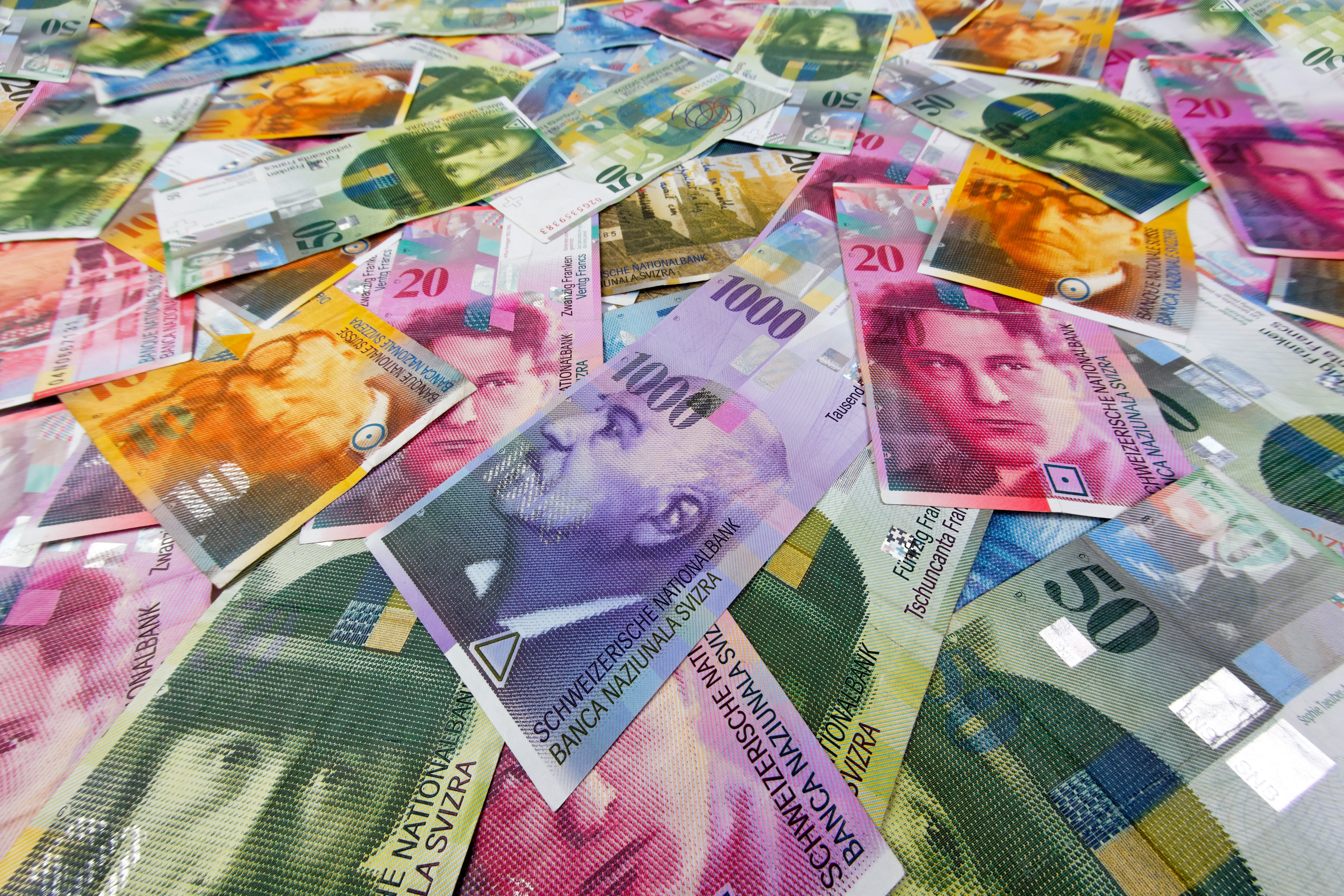
When it comes to integration or agreement, like in the case of the Schengen Agreement or the European Economic Area, or EFTA, the Swiss always seem to show good judgment. So, the question is, why and how has Switzerland—a tiny, landlocked country with few natural resources—managed to be so successful for so long, and in so many areas? It is not only banking. Banking thrives when you are neutral. Banking thrives when you have one of the strongest currencies in the world. In his book Swiss Made, James Breiding says, “in pharmaceuticals, machinery, even textiles, Swiss companies rank alongside the biggest and most powerful global competitors. How did they get there? Can the Swiss continue to perform in a hyper-competitive global economy?” Well, the secret is, as always, beyond the myth. It is actually something much more down-to-earth.
NEUTRAL AND SOBER
The economy of Switzerland proved to be one of the world’s most stable economies for many reasons. Its long-term monetary security and political stability have made Switzerland a safe haven for investors, creating an economy that is increasingly dependent on a steady influx of foreign investment. When the exchange rate of the Swiss Franc against the Euro falls, the impact can have a rippling effect around the world. Due to the QE policy of the European Central Bank, there are a lot of facts to consider when discussing the Swiss Franc and monetary stability. Will the Swiss go down with the rest of the Eurozone and the EU if the things get rough? Of course not. Why would they anyway? They are neutral.
One of the secrets for success could be that they know they are poor and have to work hard, as previously mentioned in the analysis of the Swiss spirit. And since Switzerland is a country of comparably small size and high labour specialisation, industry and trade are the keys to Switzerland’s economic livelihood. Switzerland has achieved one of the highest per capita incomes in the world, along with low unemployment rates and a balanced budget. The service sector has also played a significant economic role. The economy of Switzerland ranks first in the world in the 2015 Global Innovation Index.
HISTORY AS A TEACHER
Switzerland as a federal state was established long ago. As a modern country though, it was established in 1848. Some time before that, the city-cantons of Zurich and Basel in particular had begun to develop economically due to industry and trade, while the rural regions of Switzerland had remained poor and under-developed. While most of Switzerland was primarily rural, the cities underwent an industrial revolution in the late 19th century, following in the footsteps of England. When the Industrial Revolution in textile sector took hold, people’s lifestyle changed. From that moment on, the people could change! In Basel, for example, textiles, including silk, were the leading industry. In 1888, women made up 44% of the wage earners. Nearly half the women worked in the textile mills, with household servants the second largest job category. The share of women in the workforce was higher between 1890 and 1910 than it was in the late 1960s and 1970s. And then, there were railways. Railways played a major part in industrialisation, with the first railway being built in 1847 and connecting Zurich and Baden. Due to competition between private investors, Switzerland had over 1000 km of railway tracks by 1860.
Switzerland used to be considered a sweet little Middle-European country, until World Wars changed its path and it emerged as one of the most prosperous nations in Europe, the phenomenon also known as “Swiss Miracle”. After the World War I, Switzerland suffered an economic crisis. The World War II brought profit, since Switzerland was among very few countries that managed to stay neutral (along with Spain, Portugal, Ireland, Sweden and Turkey), and due to its central geographical location in Europe.
LET FIGURES SPEAK
The Swiss economy follows the typical First World model. The minority of workers is involved either in the primary or agricultural sector (1.3% of the population, in 2006), or the secondary or manufacturing sector (27.7% in 2012). The majority of the working population, on the other hand, is involved in the tertiary or services sector of the economy (71.0% in 2012).
While most of the Swiss economic practices have been in conformity with the EU policies, some trade protectionism remains, particularly in the small agricultural sector. Switzerland also has a highly developed industrial sector, undeservedly not very well known in the world. Notable examples include Nestlé (food processing), Sika AG (products used in vehicle industry and construction), Novartis and Roche (pharmaceutical companies) and Sarnafil (roof coating chemicals). LafargeHolcim is the largest construction materials group in the world.
The CIA World Factbook estimates Switzerland’s 2011 exports at $308.3 billion and the 2010 exports at $258.5 billion. Imports were estimated to be $299.6 billion in 2011 and $246.2 billion in 2010. According to the World Factbook numbers, Switzerland is the 20th largest exporter and the 18th largest importer. Switzerland’s top trading partner is Germany. In 2009, 21% of Switzerland’s exports and 29% of its imports came from Germany. The United States was the second largest destination for exports (9.1% of total exports) and the fourth largest source of imports (6.7%).
Switzerland’s neighbors made up the next largest group; Italy was third for exports (8.6%) and second for imports (10%), France was fourth for exports (8%) and third for imports (8.1%) and Austria was fifth for exports (4.6%) and sixth for imports (3.7%). Major non-European trading partners included Japan (seventh for exports with 3.6% and twelfth for imports with 2%), China (eighth for exports and imports with 3.1% and 2.5% respectively) and Turkey (sixteenth for exports with 1.2% and ninth for imports with 2.3%). In 2003, the financial sector comprised an estimated 11.6% of Switzerland’s GDP, and employed approximately 196,000 people (136,000 of whom work in the banking sector); which comprises about 5.6% of the total Swiss workforce. Just like the other First World economies, Switzerland basically needs highly skilled workforce.
Switzerland manages to be stable, to gain and preserve its confidence, and to be a safe haven against all the economic storms and fluctuations. Its neutrality, sobriety and conservatism, in addition to the Swiss Franc, made it happen and will continue to make it happen in the future.
